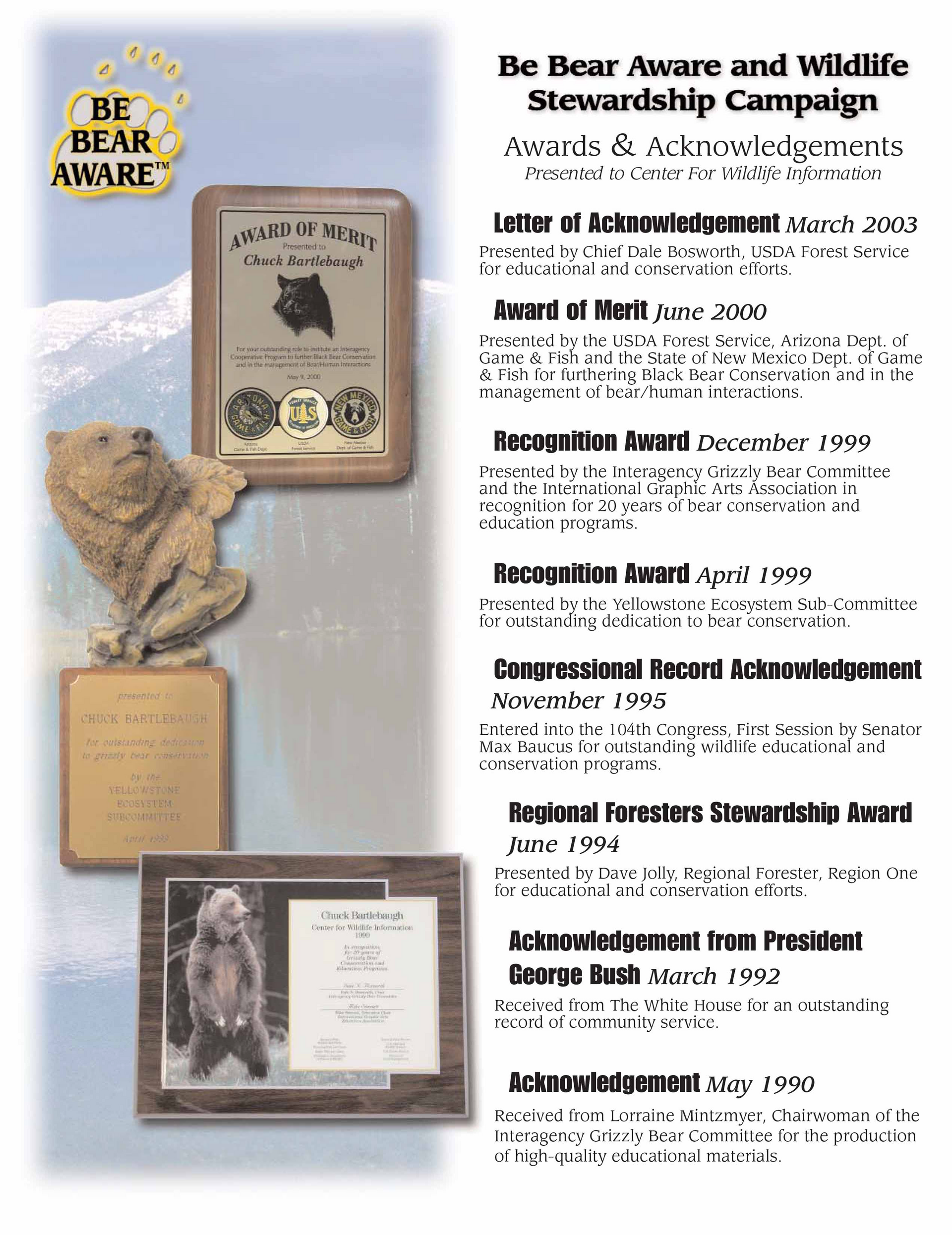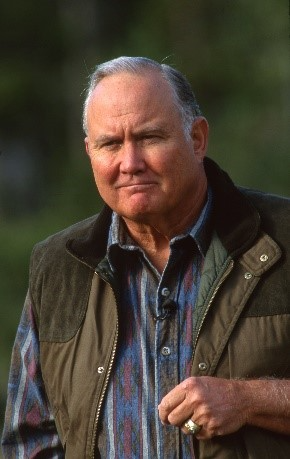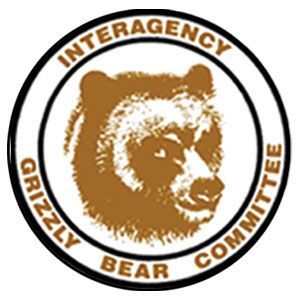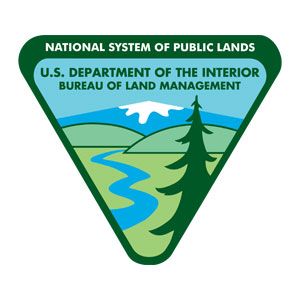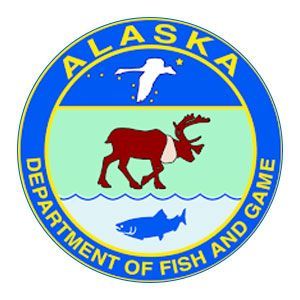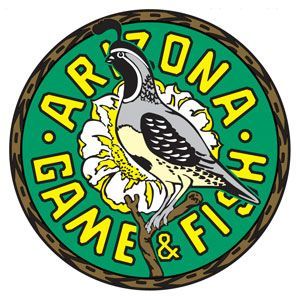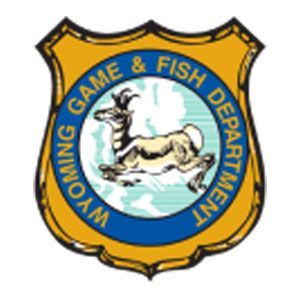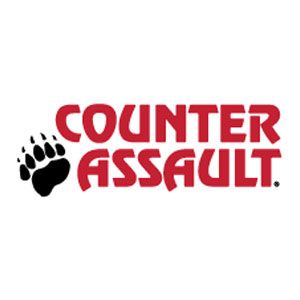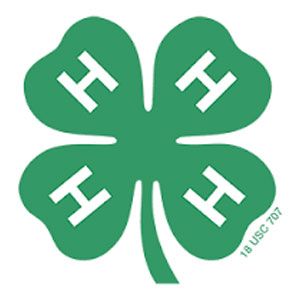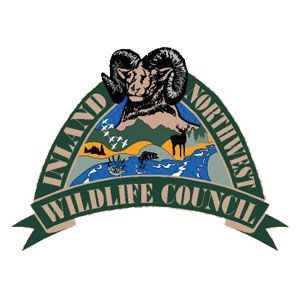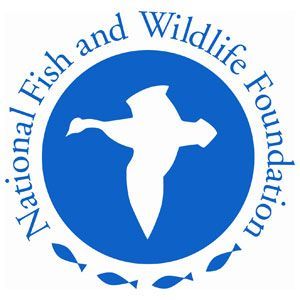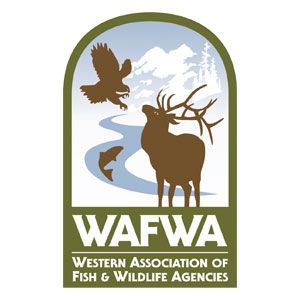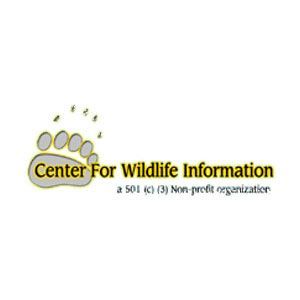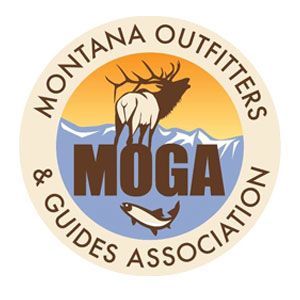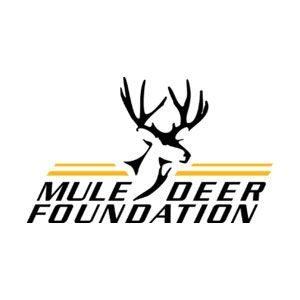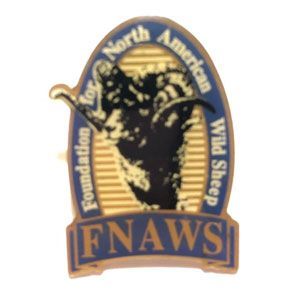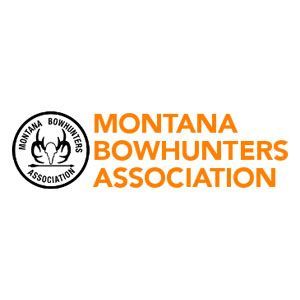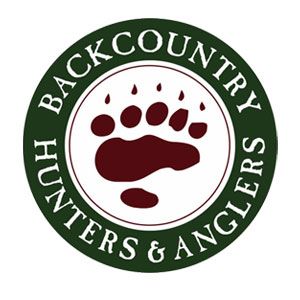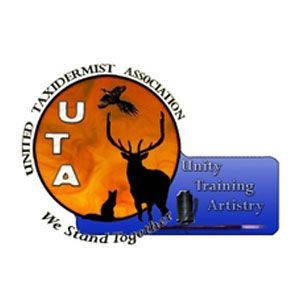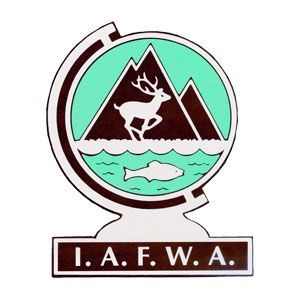About The Be Bear Aware Campaign
The Be Bear Aware Campaign is a national, non-profit conservation organization dedicated to educating the public about human impact on wildlife, especially bears, and their environment. Using information gathered from federal and state wildlife agencies, outdoor educators, and through our own 40+ years of research, we produce educational and public awareness programs and resources for use throughout North America. What makes our Campaign unique is that we incorporate students of all ages and college interns to help produce our educational materials, train-the-trainer programs, and provide hands-on presentations.
In 1976 the Be Bear Aware Campaign was spurred by the loss of human and animal life caused by the actions of misinformed visitors to our local and national forests, parks, and refuges. Since 1980 we have committed our efforts to studying the causes and effects of these incidents. We also focus on residential areas and how to avoid attracting bears to your home. Our Campaign provides a clear, concise, and consistent message for hiking, biking, camping, hunting, and living in bear country and for photographing and viewing wildlife safely.
The goal of the Be Bear Aware Campaign is to increase public awareness of the appropriate safety techniques that recreational users of our forests, parks, and refugees should be using, with the ultimate goal of decreasing the number of human/wildlife conflicts. We have established a network of facilitators and provide them with the training, support, and educational materials needed for them to conduct their own bear safety awareness presentations which in turn continues to expand and reach even more people with clear, concise, and consistent bear avoidance safety techniques.
Mission
The mission of the Be Bear Aware Campaign is to reduce the number of human-wildlife conflicts. Our main objectives are to inform and educate the public about how to enjoy wildlife safely and responsibly, emphasizing the following:
The importance of not approaching, following, or attempting to interact with wildlife.
The importance of not feeding or attempting to touch wildlife.
The importance of knowing the appropriate safety precautions to use when hiking, biking, boating, camping, hunting, and fishing.
The importance of using binoculars, spotting scopes, and telephoto lenses when viewing and photographing wildlife.
The importance of carrying bear spray and knowing when and how to deploy it.
The Be Bear Aware Campaign emphasizes the importance of keeping wildlife wild by promoting the ethics of wildlife/wildland stewardship and providing clear, concise, and consistent guidelines on how to safely and responsibly enjoy our treasured areas and rich wildlife resource
Our Partners
It is with great honor that the late General H. Norman Schwarzkopf chose to be the spokesperson for the Be Bear Aware Campaign. From April 1991 until his passing in December 2012 he was an avid supporter who recognized the need to educate the public on how to safely and responsibly enjoy our wildland and wildlife treasures in order to preserve them for future generations to enjoy. General Schwarzkopf was a passionate bear enthusiast who enjoyed going to bear viewing sites and hiking through bear country whenever he could. His nickname was "The Bear" because of his tendency to give bearhugs when greeting men, women, and children.
We greatly appreciate the financial support and the participation of state, federal and provincial wildlife and land management agencies, private donors and foundations, teachers, youth groups leaders, conservation organizations, hunting and fishing associations, the graphic arts, and printing, pulp, and paper industries. All of them have played a big part in the success of this Campaign by lending their expertise, and providing grants and donated services.
We are most grateful for the opportunity to facilitate an appreciation of wildland and wildlife stewardship in the hearts and minds of literally thousands of students, youth group participants, and young wildlife enthusiasts. It has been our pleasure to incorporate them and college interns in the development of our educational outreach materials.
We greatly appreciate the participation of the following photographers: Chuck Bartlebaugh, Tom & Pat Leeson, Bruce Taubert, and Drew Wilson. Because of them we have thousands of great wildlife photos to use in our materials and to share the rare glimpses of wildlife in their habitat.


